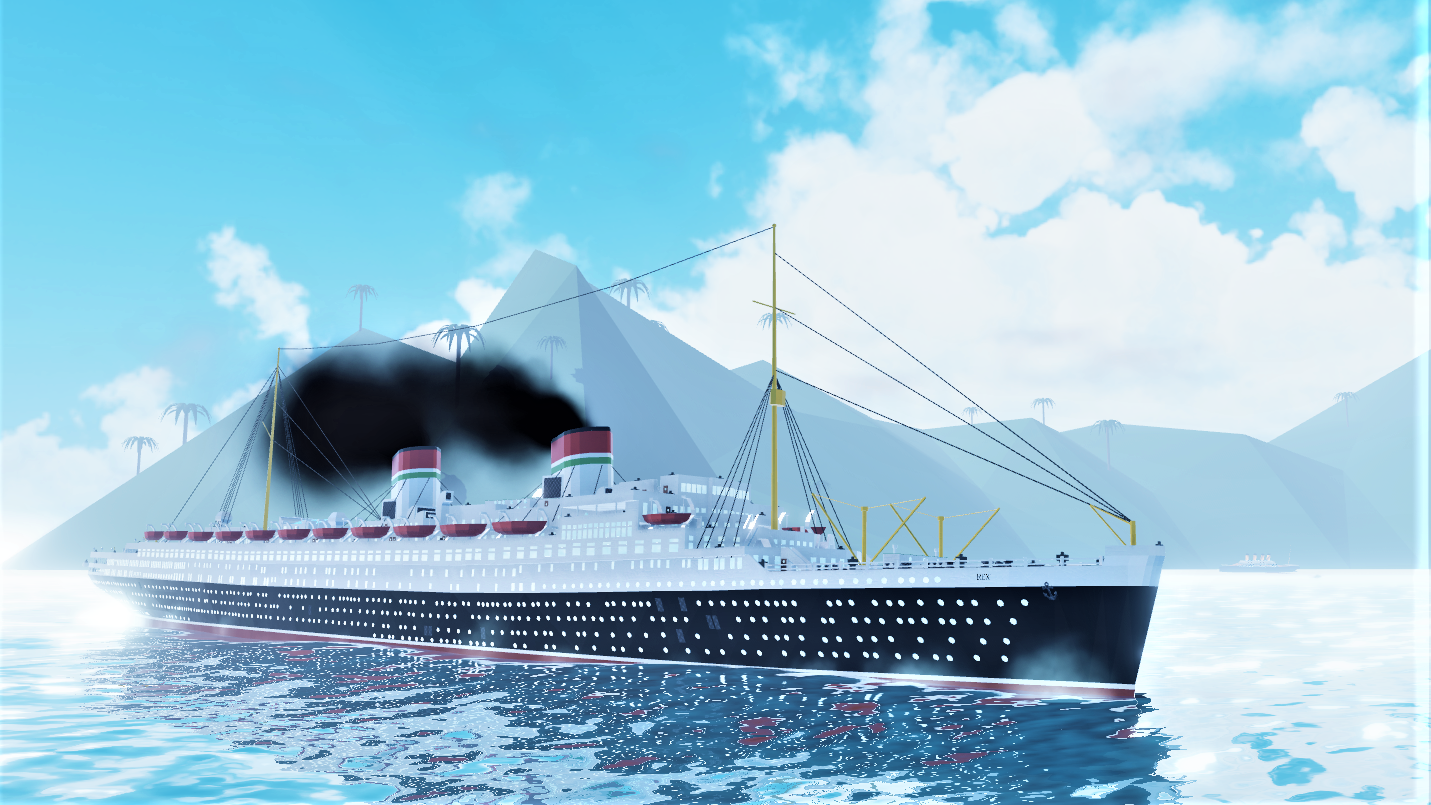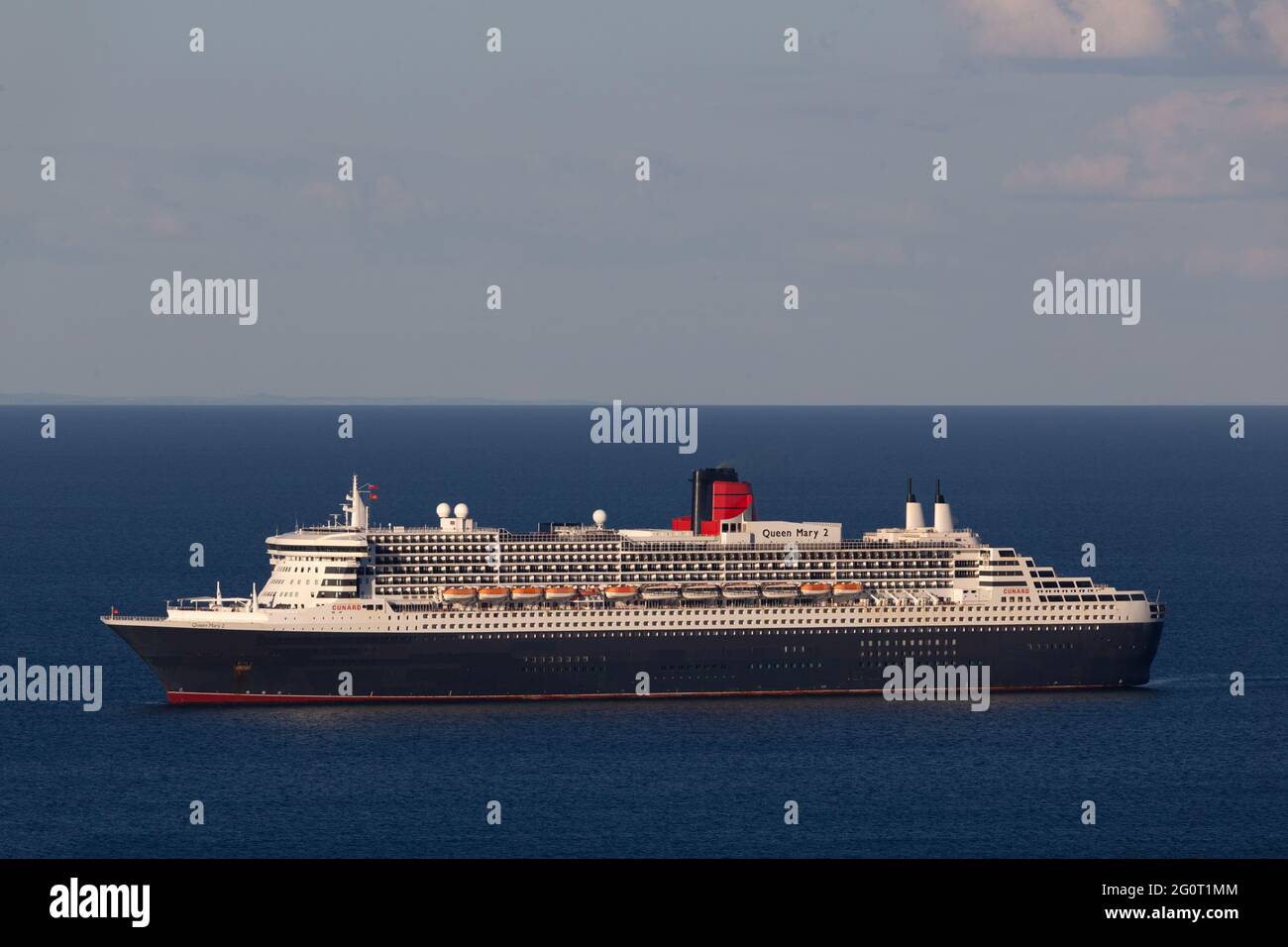
As Jews have traditionally rarely served in peace-time regular military units to follow military careers, there was and is, therefore, an already in - built numerical bias against Jewish numbers participating, before one even attempts any analysis of any figures. This is all the more amazing, because it is well known that most of the pilots of the RAF at the time were pre war regular, commissioned officers, or NCO’s who had been aircraft apprentices, tradesmen or non-pilot aircrew. Using Wynn’s data, the participation of 34 definite Jewish airmen among “The Few” is undoubtedly a large proportion ( 1.2% overall AND 1.1 % of the British contingent ) compared to our numbers in the general population of Britain, which was, more or less as now, under 0.5%. Of the Allied participants (see table 1 for the breakdown by nation), 544 were killed and a further 794 were killed before the war’s end. Participation in the Battle of Britain by 2917 Allied men of 71 squadrons or units, is defined as being awarded the Battle of Britain clasp ( worn on the 1939-45 Star – or a silver gilt rosette if medal ribbons only are worn) for having flown operationally at least one authorised sortie with an eligible unit of RAF Fighter Command, Coastal Command or The Fleet Air Arm, as a pilot or aircrew, between July 10 th and October 31 st 1940. This decision changed the course of the war as Churchills’s “Few” held back the tide so that Britain and its allies could fight another day, and ultimately win the struggle. As a result, Hitler indefinitely postponed his planned invasion of Britain because he and his High Command understood that without control of the air, German losses in a seaborne and air invasion would have meant unacceptably high casualties and probable failure. The RAF, assisted by allied squadrons from other nations, defeated the might of a numerically far superior German Luftwaffe in an air battle that lasted (as officially defined) from July 10 th to October 31 st 1940.


The Allied victory in The Battle of Britain was a major turning point in World War Two. It seems to me that this all therefore bestows a great responsibility on Jewish historians to dispel these racist myths and prove beyond any doubt, through careful sourced research, that Jews in Britain and other nations, have always participated in the defence of the countries wherever they have lived, and always out of proportion to their numbers in the general population. At the same time this lends understated credibility to the comments of the likes of author Roald Dahl, who alleged he “never saw a Jew in the front line”. The genteel anti-Semitism of the British “establishment” – and that of other western societies – has always been subtley keen, at best, to play down, and at worst to ignore completely, any Jewish contribution. No attempt has ever been made to describe the part played by Jewish aircrew in the Battle of Britain during that distant, hot summer of 1940.
#VIRTUAL SAILOR 7 ILLE DE FRANCE HOW TO#
If you want to find recipe ideas on how to use Ile de France cheeses, please consult our blog, where Chef Greg shows you the many ways to use these wonderful cheeses.World War II: Table of Contents| Jewish American Soldiers| D-Day
#VIRTUAL SAILOR 7 ILLE DE FRANCE FULL#
The full deliciousness of Brie in a convenient format. Ile de France Brie slices, for your burgers, quesadillas, and all your cheesy dishes. While not as renowned as Brie in the US, Camembert is one of France’s most famous cheeses, with a typical flavor of mushrooms, and a creamy texture. Ile de France Brie Bites, a perfect cheese snack to eat on the go.

Smooth with a slight taste of mushrooms and hazlenuts. Three of their products are available at the Cheese Lover shop: Ile de France 8 oz Brie won the silver medal at the 2020 World Championship cheese contest, held In Madison, WI. Today, Brie is one of the most sought-after cheeses in the USA, and Ile de France remains a top seller in the United States, with both their Brie, Camembert and fresh Goat cheese Ile de France’s range of cheeses Today, Ile de France still import their delicious Brie. The new refrigeration installed on the Ile de France liner made this possible, and he contracted the first shipment of Brie in 1936. A story of Brie and a ship In 1936, Alfred Schratter, a cheese enthusiast, wanted to introduce France’s best cheese to the USA. Today, Ile de France still bring delicious cheeses to your table. This 231-meter-long liner was the biggest of its time and is still the logo of the Ile de France brand.

Ile de France cheese Ile de France is the name of the first refrigerated liner to import Brie to America, in 1936.


 0 kommentar(er)
0 kommentar(er)
